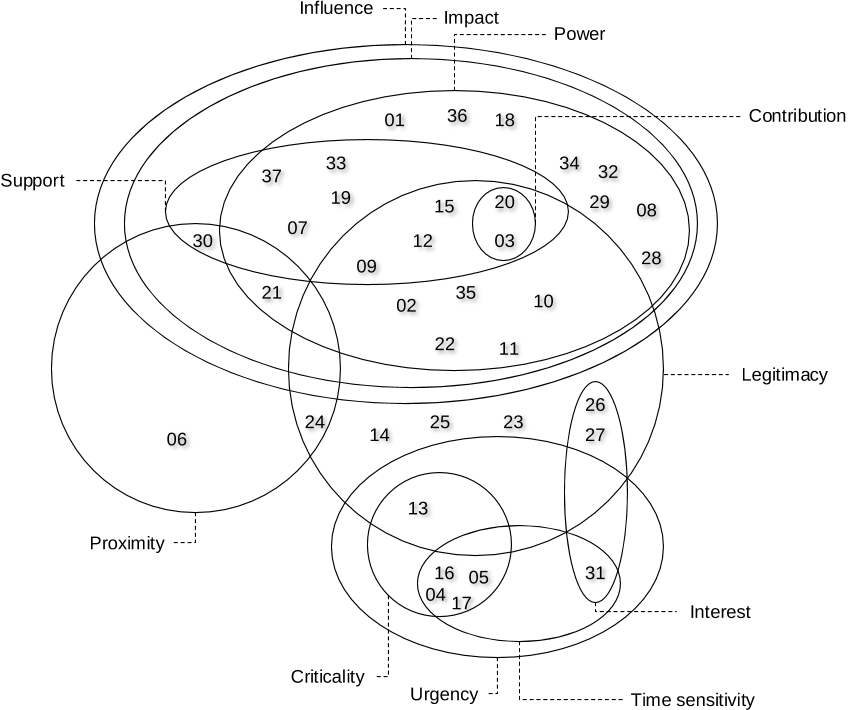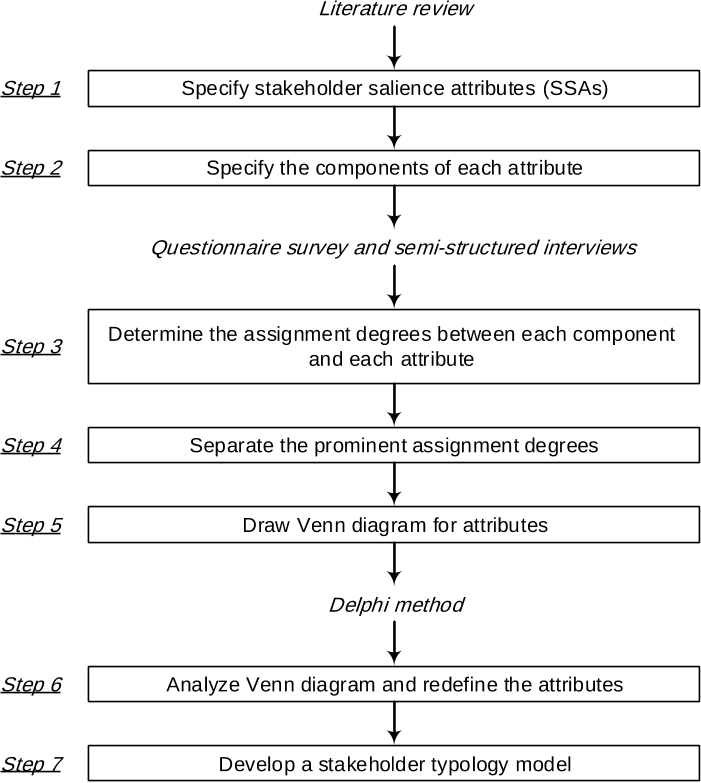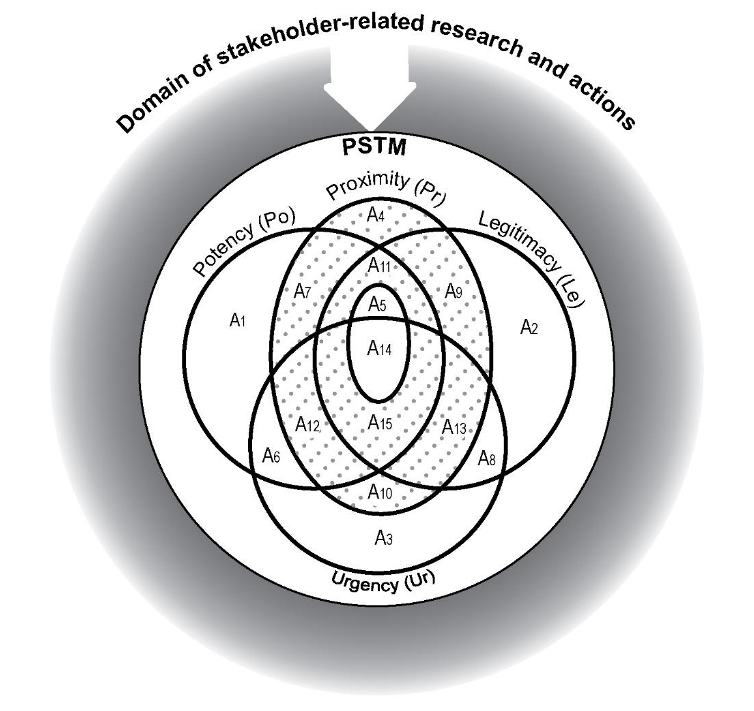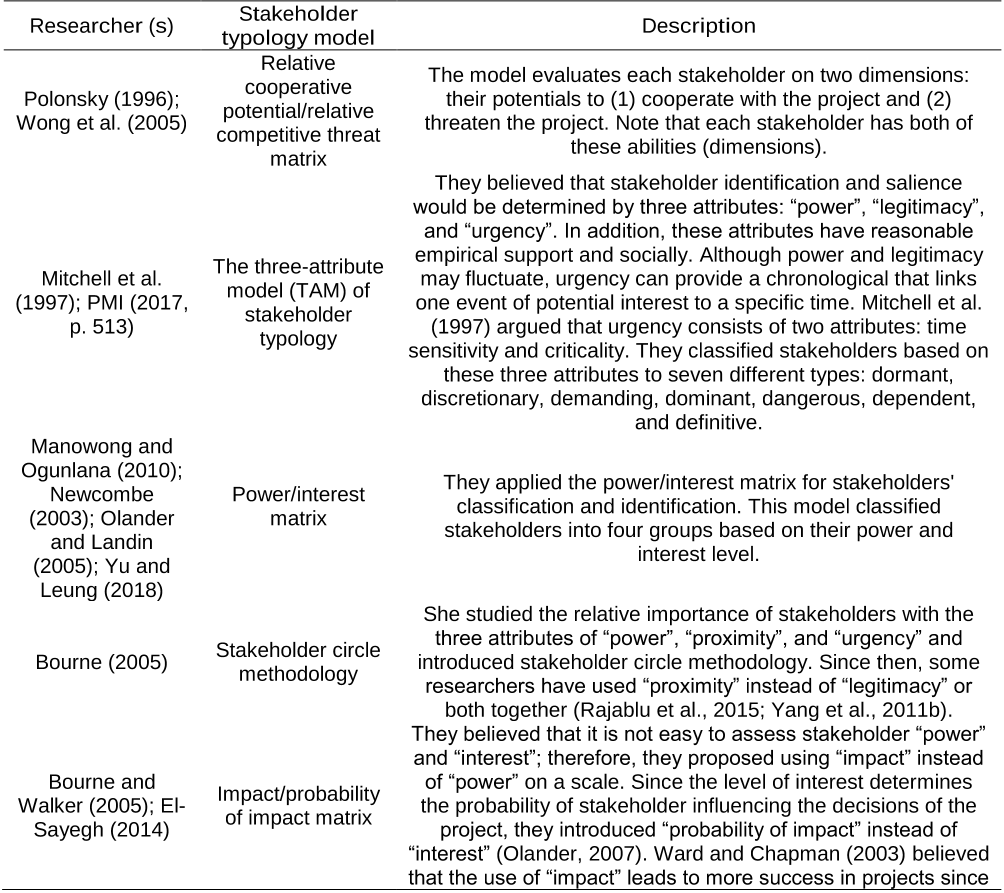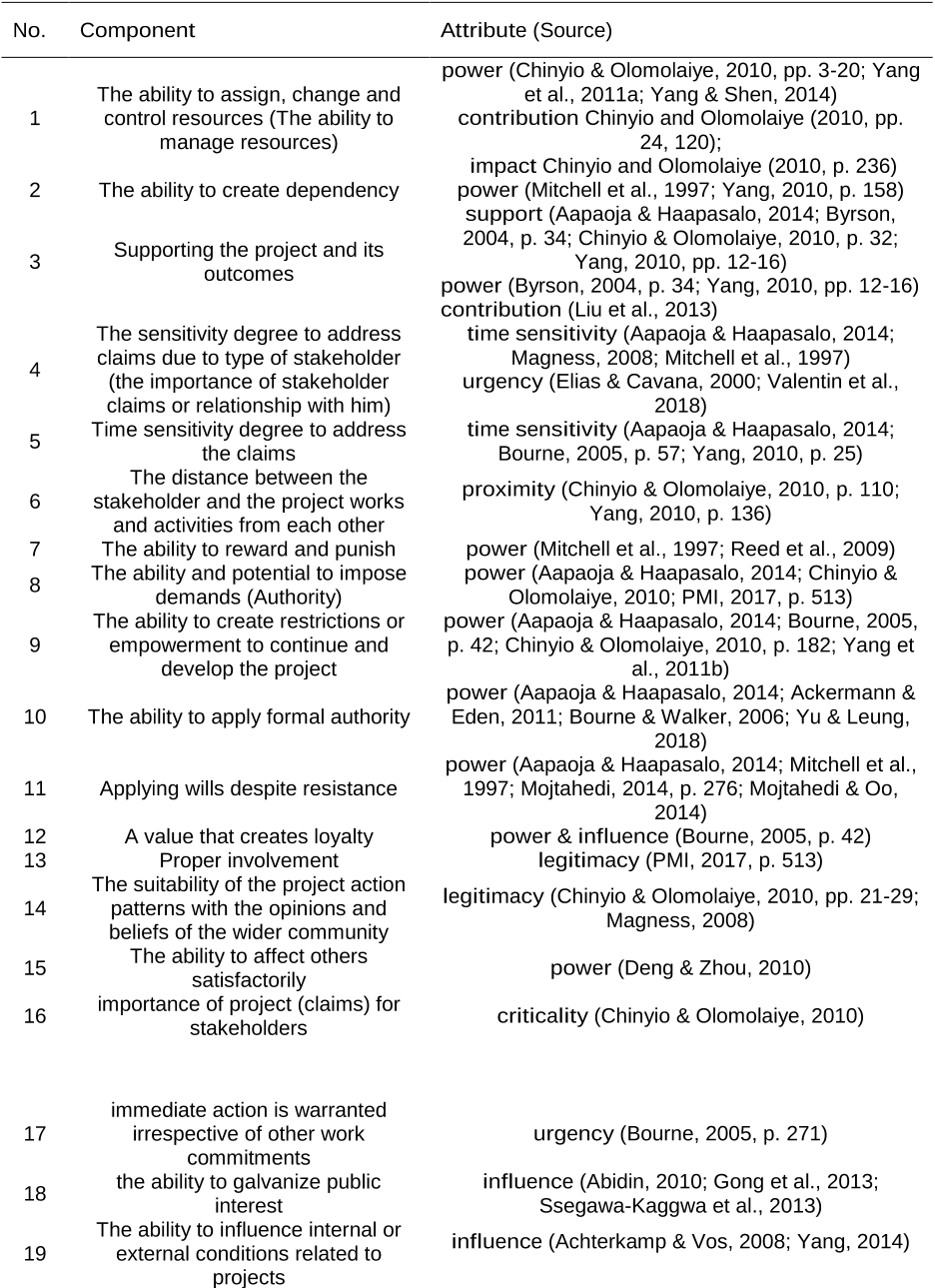Abstract: Project managers need to make decisions on how to balance competing claims between the different stakeholders in projects. Previous studies have suggested that the choice of decision-making strategies is highly related to stakeholders' attributes and behaviors in practice; however, limited studies have been conducted in the construction field to analyze the importance of stakeholders' attributes, behaviors, and decision-making strategies, and validate the correlations between the factors and decision-making strategies. To analyze the underlying meanings of stakeholders' attributes, behaviors, and decision-making strategies from the practitioners' perspectives, and indicate the influence of stakeholder-related factors on decision-making strategies, an interview, questionnaire survey, and case study were adopted. Empirical studies suggest that three stakeholder attributes (power, urgency, and proximity), and four types of stakeholder behaviors (cooperative potential, competitive threat, opposite position, and neutral attitude) are perceived by the practitioners as important to dealing with stakeholder claims. Depending on stakeholders' salience levels and behavior types, strategies of defense, compromise, or concession/adaptation are chosen and applied by project managers in practice. The findings can help project managers to proactively understand stakeholder performance, place emphasis on particular attributes and behaviors, and formulate appropriate schemes under different circumstances.
